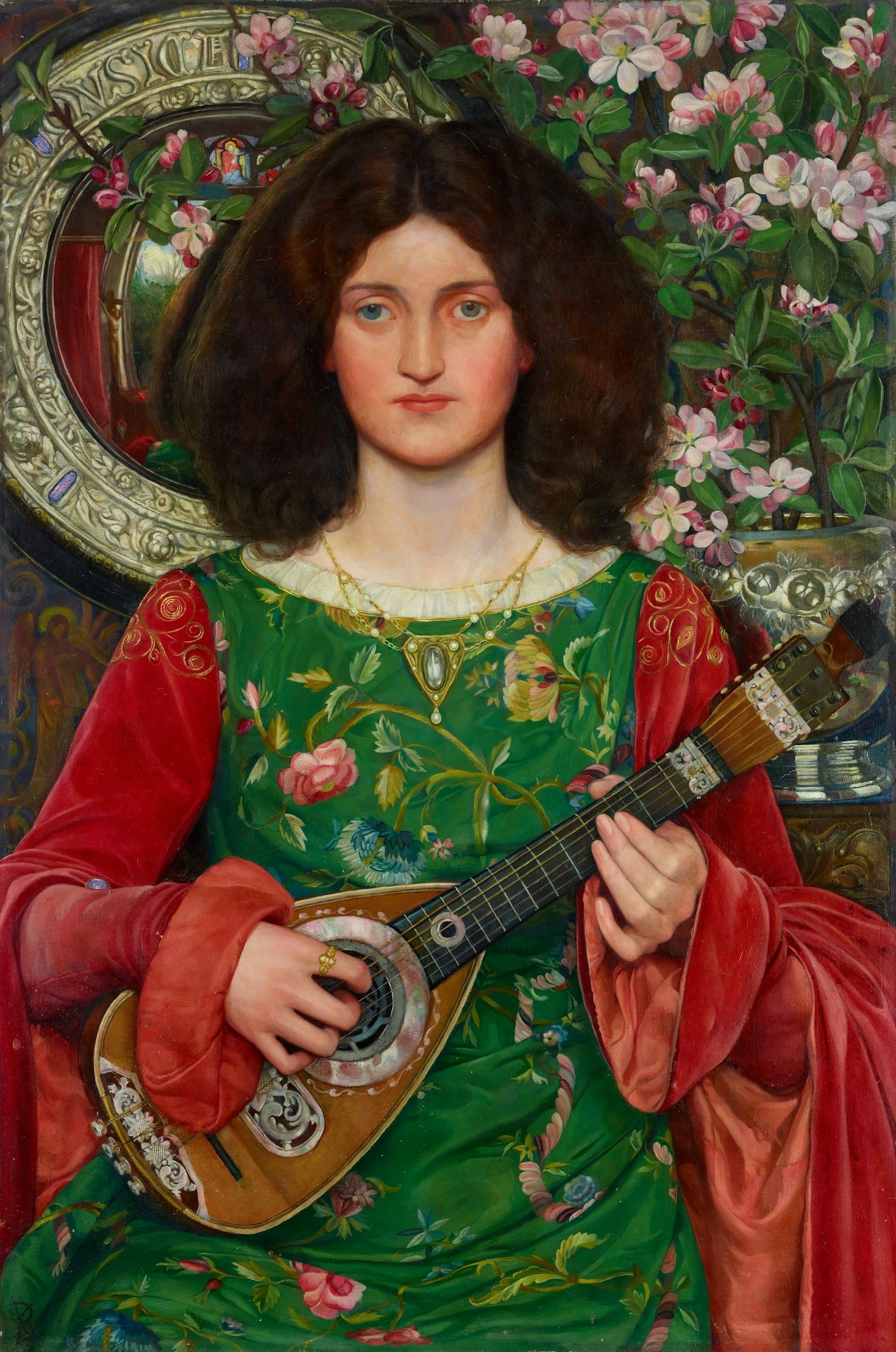Portrait painting is a beautiful and rewarding art form, but it can also be challenging. Whether you’re a beginner or an experienced artist, mastering a few key techniques can take your portraits to the next level. Here are 10 techniques to help you create more lifelike, expressive, and captivating portraits:
1. Master Proportions
Getting the proportions right is the foundation of any great portrait. Use guidelines like the rule of thirds or the Loomis method to map out the face accurately. Pay attention to the placement of the eyes, nose, mouth, and ears, as even small mistakes can throw off the entire portrait.
2. Understand Light and Shadow
Lighting can make or break a portrait. Study how light falls on the face and creates shadows. Use chiaroscuro (the contrast between light and dark) to add depth and dimension. Highlight the areas where light hits directly and shade the recessed areas to create a three-dimensional effect.
3. Focus on the Eyes
The eyes are the window to the soul and often the focal point of a portrait. Pay close attention to the shape, highlights, and reflections in the eyes. Adding a small white dot as a catchlight can make the eyes appear more alive and engaging.
4. Blend Skin Tones Naturally
Skin tones are complex and vary depending on lighting and undertones. Mix colors carefully to avoid flat or unnatural-looking skin. Use a combination of warm and cool tones, and blend them smoothly to create a realistic texture.
5. Use Layering for Depth
Build your portrait in layers, starting with a rough sketch and gradually adding details. Begin with broad strokes and darker tones, then layer lighter colors and finer details on top. This technique helps create depth and realism.
6. Pay Attention to Hair
Hair can be tricky, but it’s essential for capturing a person’s likeness. Instead of painting every strand, focus on the overall shape and flow of the hair. Use bold strokes for the base and add finer details for highlights and texture.
7. Capture Expressions
A portrait is more than just a likeness—it’s about capturing emotion and personality. Study the subtle changes in facial expressions, such as the curve of the lips, the tilt of the eyebrows, or the wrinkles around the eyes. These small details can bring your portrait to life.
8. Experiment with Backgrounds
The background can enhance or distract from your portrait. Choose a background that complements your subject, whether it’s a simple gradient, a textured pattern, or a detailed environment. Keep it subtle so it doesn’t overpower the main focus.
9. Practice Brush Control
Your brushwork can add texture and personality to your portrait. Use different brush sizes and techniques for various parts of the face. For example, use fine brushes for details like eyelashes and lips, and broader strokes for areas like the hair and clothing.
10. Step Back and Evaluate
It’s easy to get lost in the details, so take regular breaks to step back and assess your work. Look at your portrait from a distance or in a mirror to spot any mistakes or areas that need improvement. This helps you maintain a balanced and cohesive composition.
Bonus Tip: Study the Masters
Learn from the great portrait painters of the past and present. Study their techniques, color choices, and compositions. Artists like Rembrandt, John Singer Sargent, and contemporary portrait painters can provide endless inspiration and insight.
Ready to Elevate Your Portrait Painting?
By incorporating these techniques into your practice, you’ll see a noticeable improvement in your portraits. Remember, portrait painting is a skill that takes time and patience to master, so don’t be afraid to experiment and make mistakes along the way.
If you’re looking for more guidance, check out my YouTube channel or join my online lessons for step-by-step tutorials and live paint-along sessions. Let’s create something beautiful together!
— Renso 🎨

